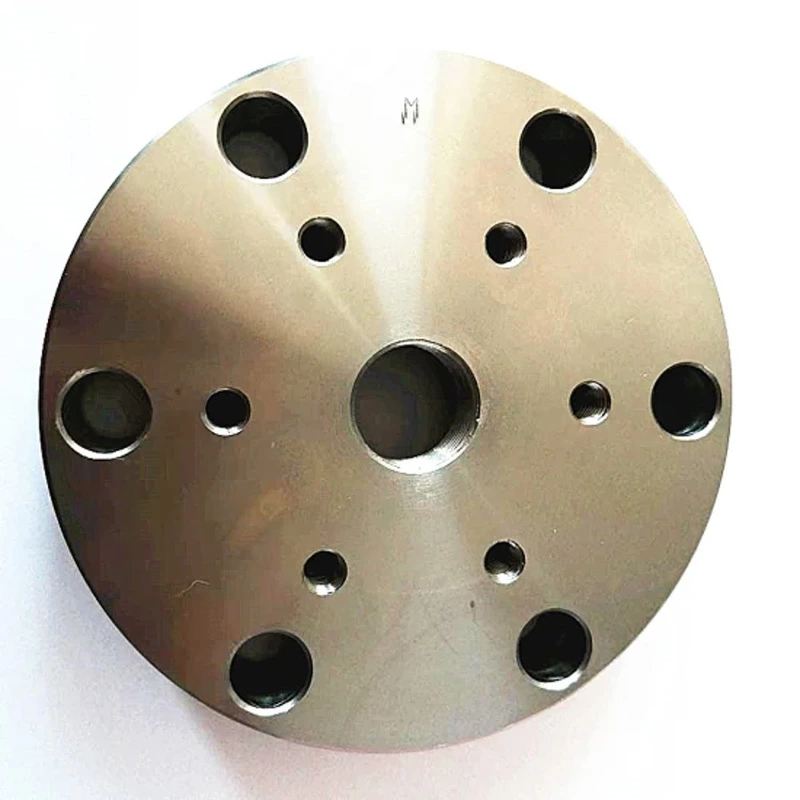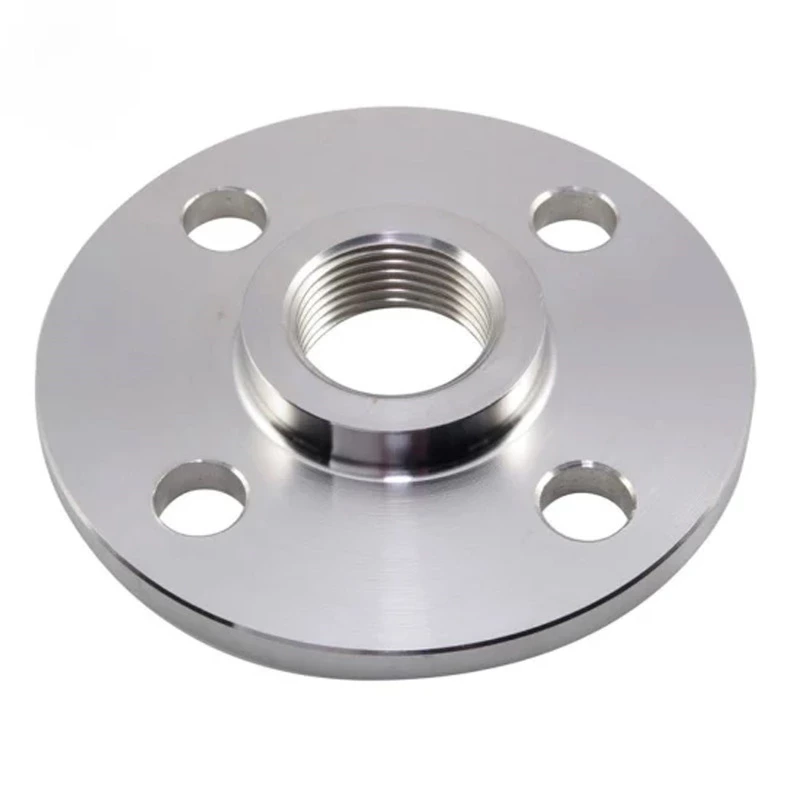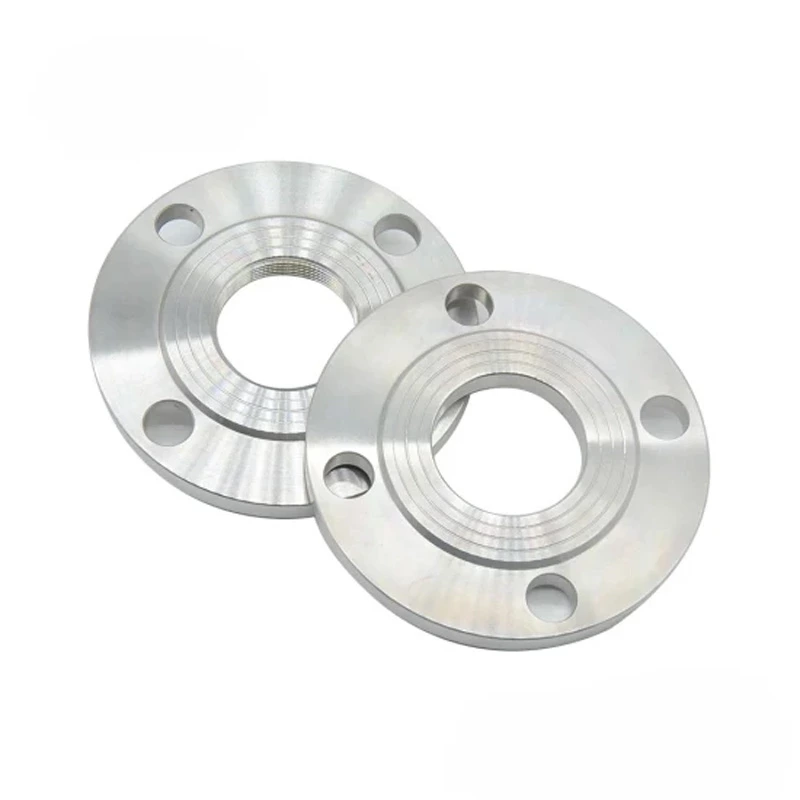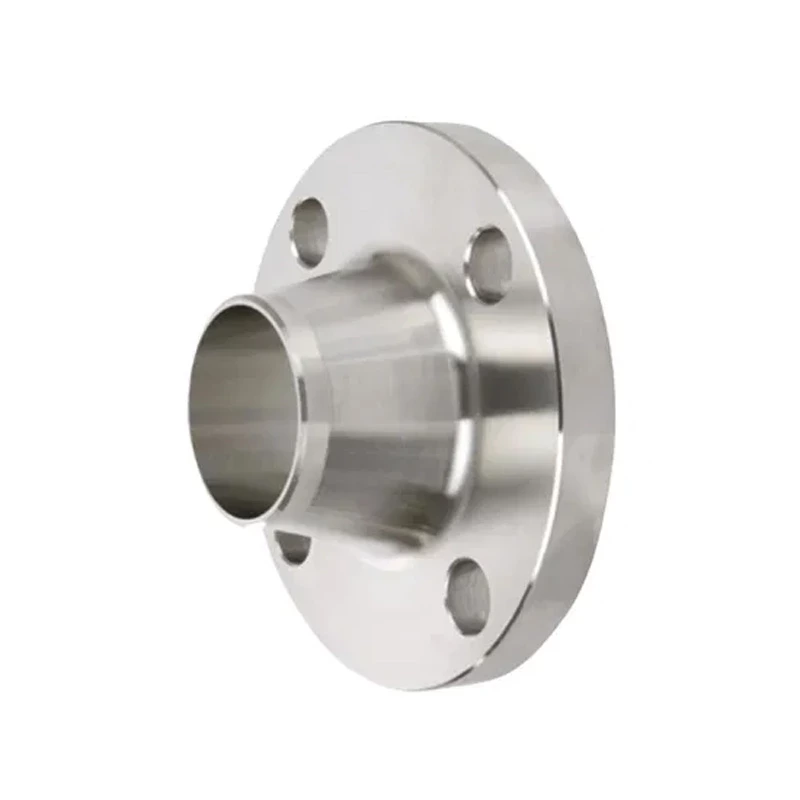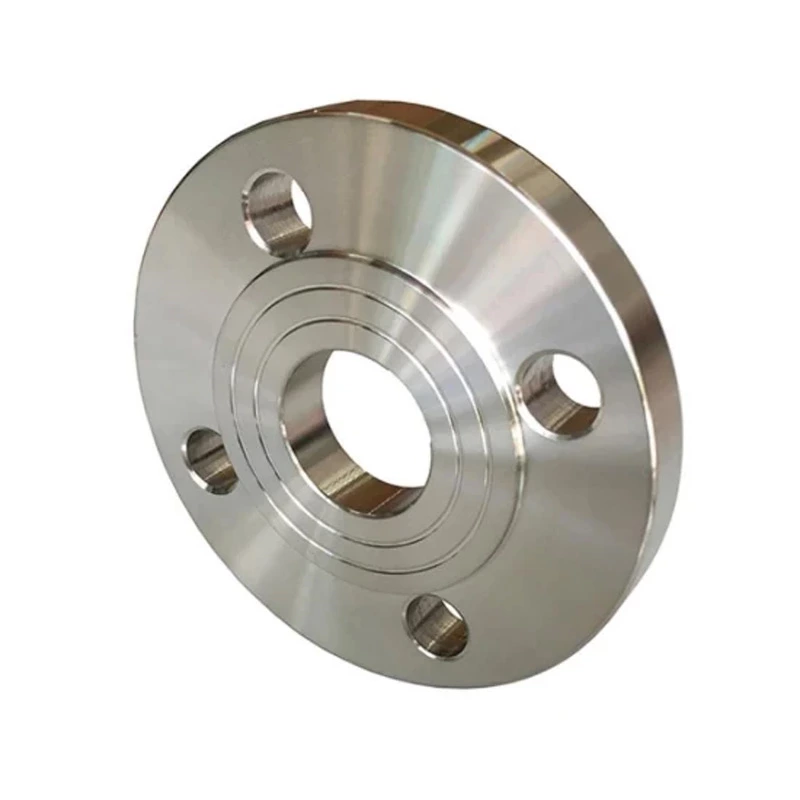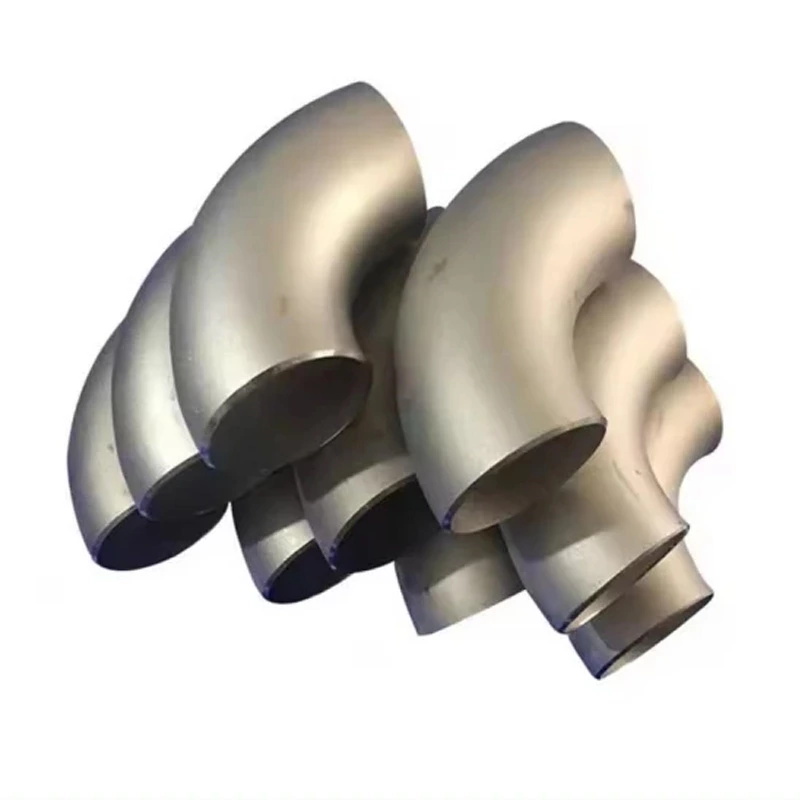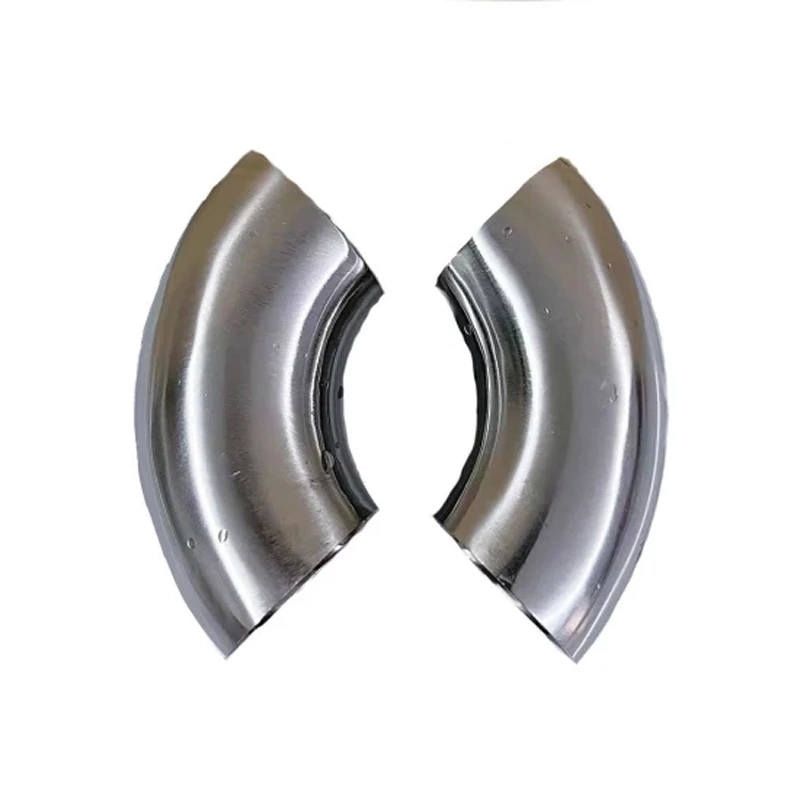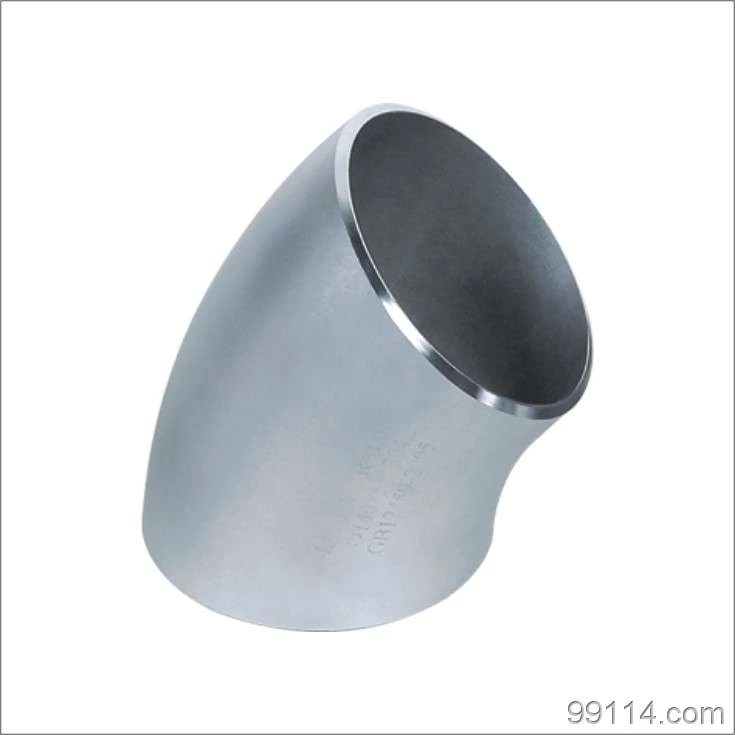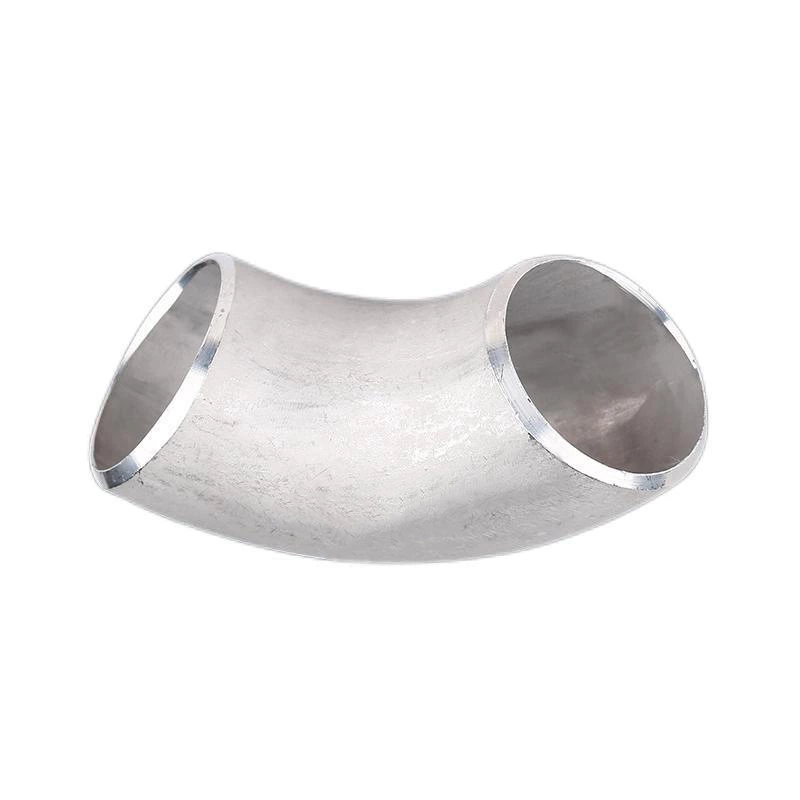What Should I Pay Attention To When Designing Stainless Steel Flanges?
1. The Stainless Steel Flange designed and manufactured by the tooling consists of two clamping base plates, two flange support plates, two vertical plates and four reinforcing rib plates. In order to ensure the rigidity of the tooling, the welds of the connecting plates should all be slotted and welded, and the welding angle is 20-30 mm high. Drill a corresponding bolt hole on the flange support plate to ensure that the flange can be accurately connected to the flange support plate by bolts. There is a gap between the back of the flange and the support plate for placing a small manual jack. At the same time, make a notch on the flange support plate along the vertical plate direction so that the elbow can be placed in the tooling. The tooling with a groove-like structure uses thick steel plates to meet the rigidity requirements during cutting.
2. The performance requirements of the tooling are that the two flange surfaces of the stainless steel flange are perpendicular to each other, and the workbench of the vertical lathe rotates horizontally. Therefore, the main function of the tooling is to connect the tooling with the flange using the bolt holes on the large end flange. When the tooling is clamped on the workbench, it should be ensured that the plane of the flange to be processed is concentric and parallel to the workbench of the vertical lathe. In order to reduce the number of tooling, the tooling should be able to change the clamping position to ensure that the large and small flanges at both ends of the elbow can be processed on one tooling. At the same time, the tooling must have sufficient rigidity, otherwise it will seriously affect the processing quality of the flange and the sealing ring groove. Therefore, under the condition of satisfying the use, the height of the tooling should be reduced as much as possible to improve the rigidity and facilitate operation. The turning radius of the tool after being fixed with a stainless steel flange should not exceed the working radius of the vertical lathe, which is convenient for clamping, adjustment and feed cutting.
3. Rigidity check of tooling When the stress model bends and twists during turning, the deflection and rotation angle of the cantilever beam of the groove structure should be checked. According to the above inspection, the maximum deflection of 7.27×lO-7m and the maximum rotation angle of 8.969×10-5 are both very small deformations, and reinforcing ribs are added to the relevant parts, so the rigidity is far more than the calculated value, and the rigidity can fully meet the requirements of cutting force. The maximum rotation diameter of the tooling combined with the elbow flange is 2.42m, which is less than 3.50m (the rotation diameter of the double-column vertical lathe), so this tooling is theoretically feasible.
4. When turning stainless steel flanges, adjust the bottom plate downward and clamp it on the vertical lathe workbench, manually install the elbow flange, and fix the large end flange with a support plate to ensure that the flange processing surface is concentric and parallel to the vertical lathe workbench before cutting. When processing the small end flange, the tooling bottom plate is clamped downward on the vertical lathe workbench, and six manual small jacks are used. After pushing the back of the small end flange and the small pallet tightly, the small end flange and the small pallet can be fixed with bolts, so that the small flange can be cut. When cutting and looking for a suitable fixture, the verticality of the large and small flanges should be ensured.
5. The stainless steel flange tooling has a simple and reasonable structure, is easy to manufacture, has good rigidity, and is easy to align and adjust during processing. It fully meets the requirements for processing large elbow flanges on a vertical lathe. All three sets of elbow flanges processed are qualified. In the future, in the absence of an end surface processing machine, a new way to process similar parts with a vertical lathe has been opened up.
